
Filmpac Footage Contributor Program
Want to make money selling footage through a major stock footage platform like Filmpac? This page will walk you through the processs.
Continue Reading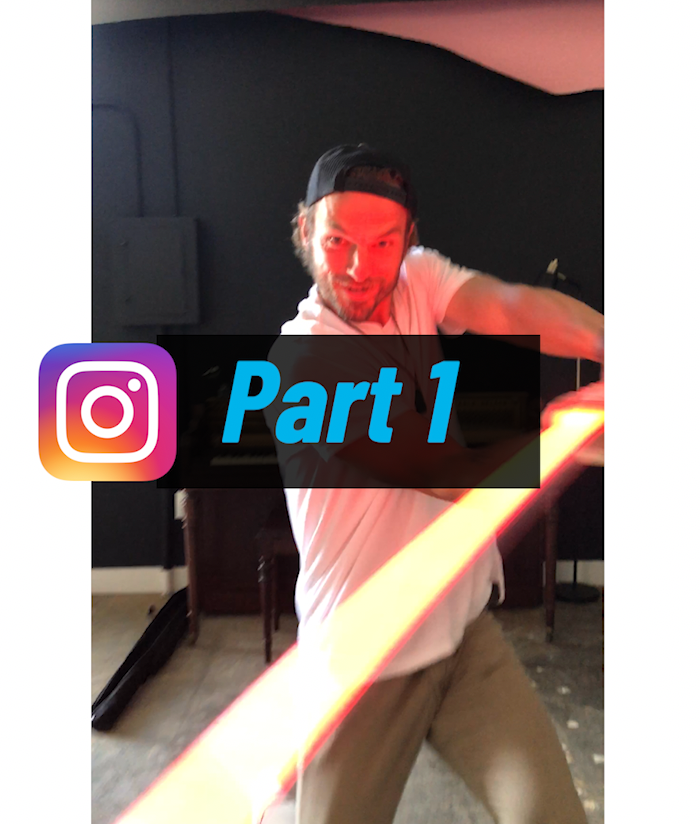
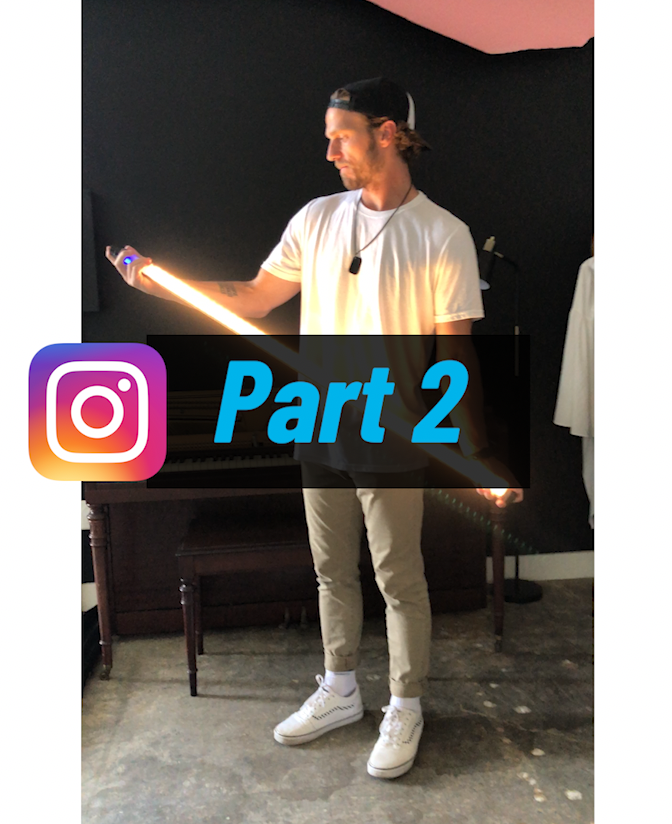
There are just certain times on set where your traditional lights aren’t getting the job done. Or maybe you had a light break or go out, and now you’re stuck.
Every filmmaker should have some alternative light sources up their sleeve, and in this list, we highlight our favorite unorthodox types of lighting for modern cinematography.

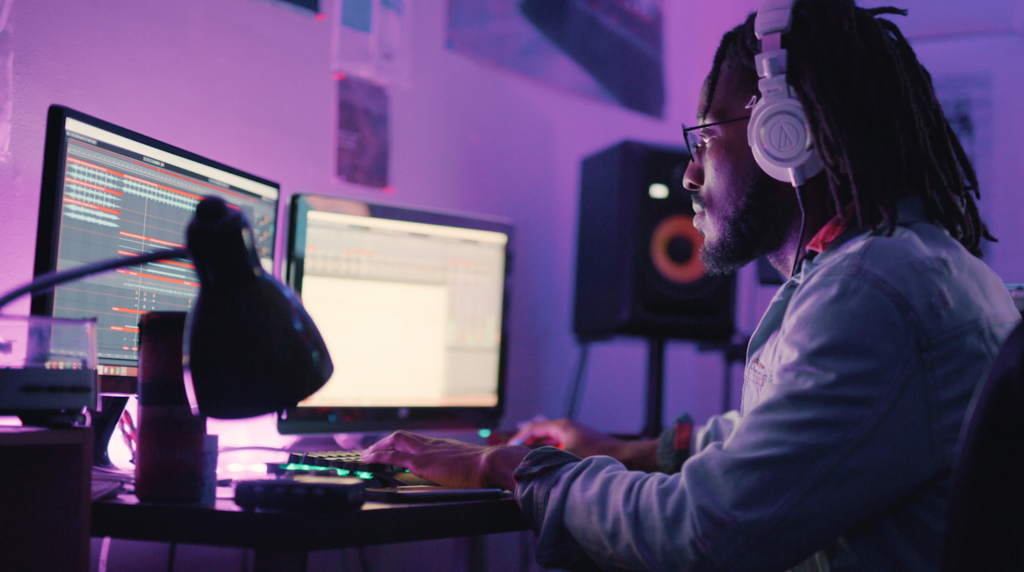

One of our favorite DIY film lighting techniques, computer screens sit at the top of our list. That isolated glow on someone’s face or hands, especially on a darker set, can be just what the doctor ordered.
You can put a static image on the screen for consistency, or you can play a video for more interesting, moving light effects. Try experimenting with the screen’s brightness to dial in that perfect fill light ratio!

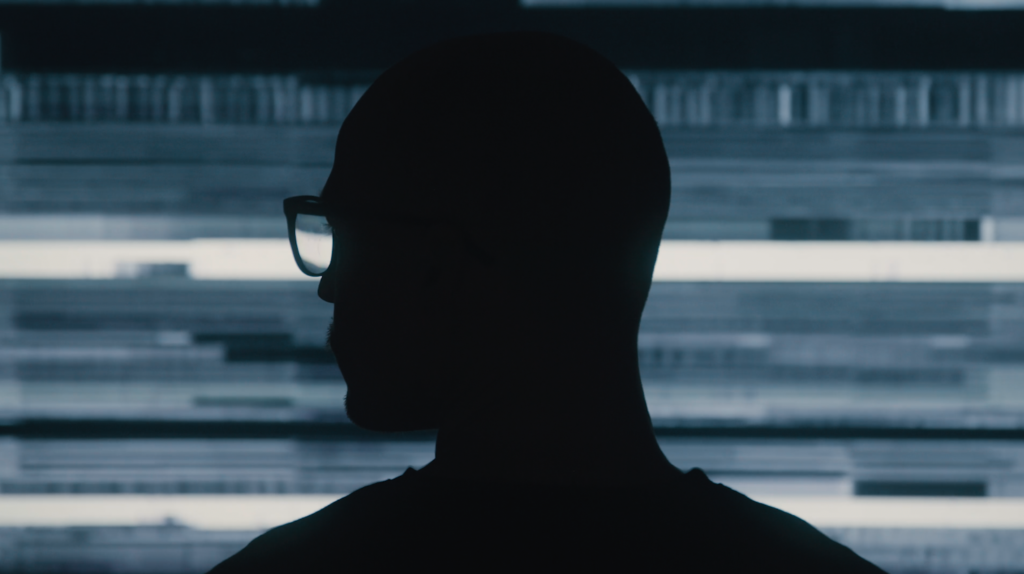

From data reflections to space travel to household ambiance, a TV can add the perfect amount of organic or ambient light to your subject.
And you can change the color scheme by simply controlling what you’re playing on the TV. Static can even result in a cool video lighting effect!

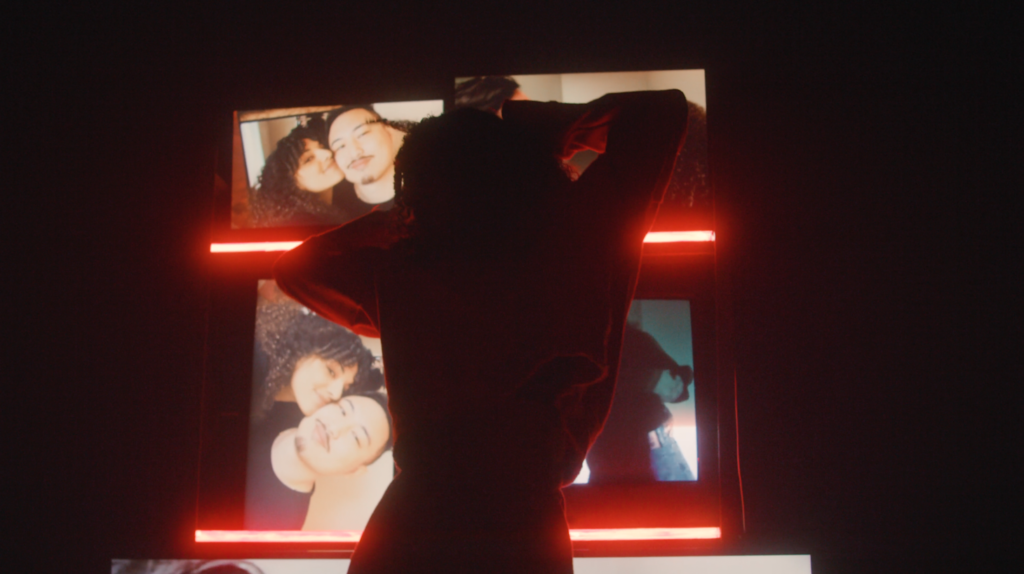

Specifically, wands that are battery-operated are some of the most versatile hard lights you can find.
We’ve used these for everything from fast key lights to background details. You can also have someone move them around off-camera to make one-of-a-kind light movements in your scene. This is one of the quickest ways to dial in both high key lighting and low key lighting.
Many have variable color temperature as well!

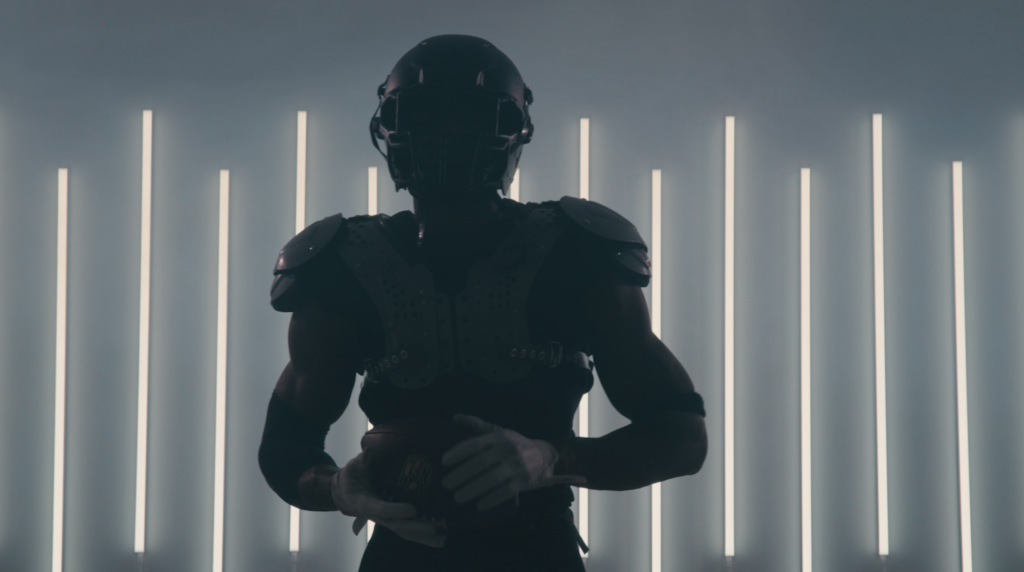
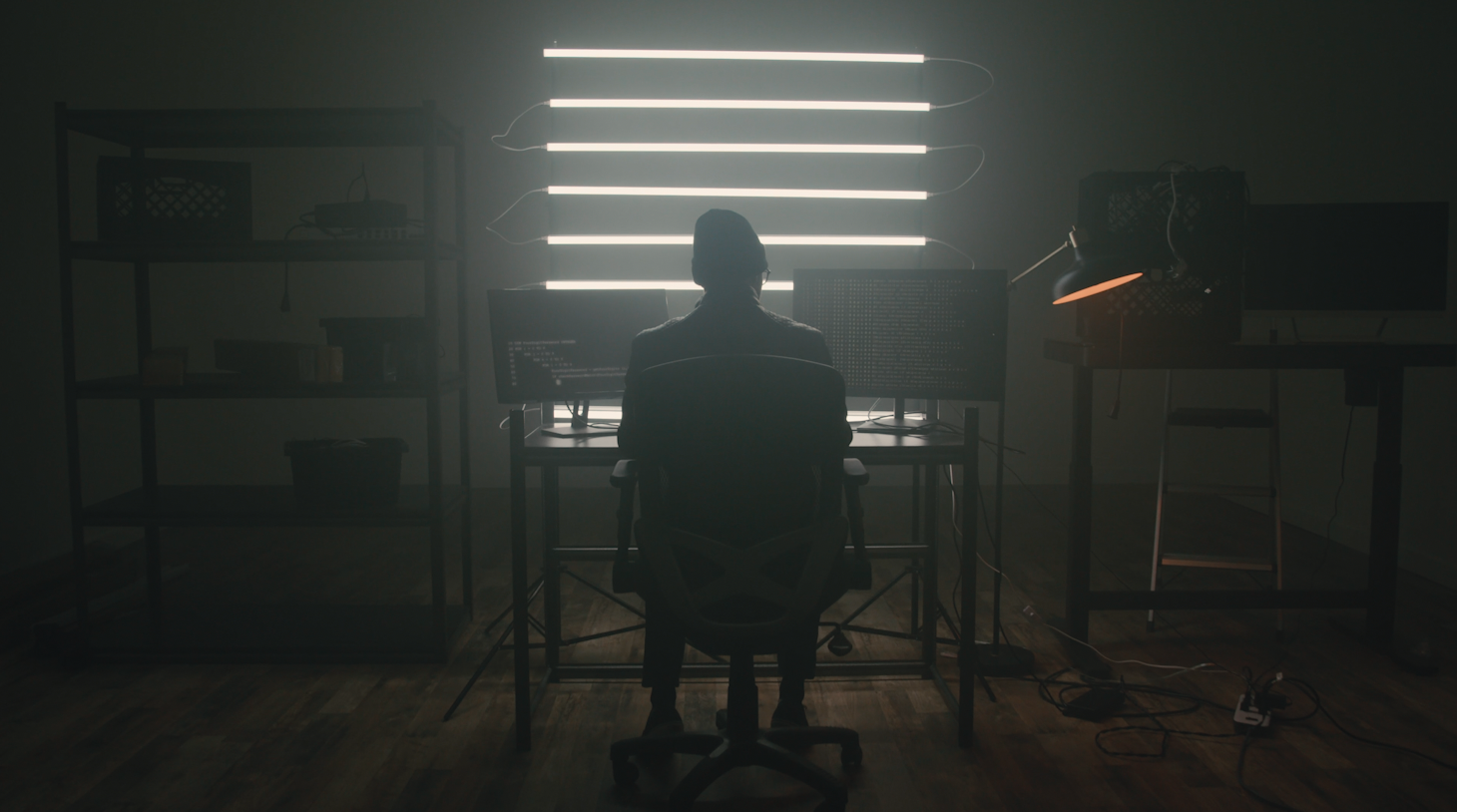
These are similar to wands, but they’re corded and you can daisy-chain a ton of them together.
Light tubes make for great background textures, side lighting, and overhead lights, and there are countless ways that you can configure them to suit a variety of lighting styles. And best of all, they’re cheap and super durable!


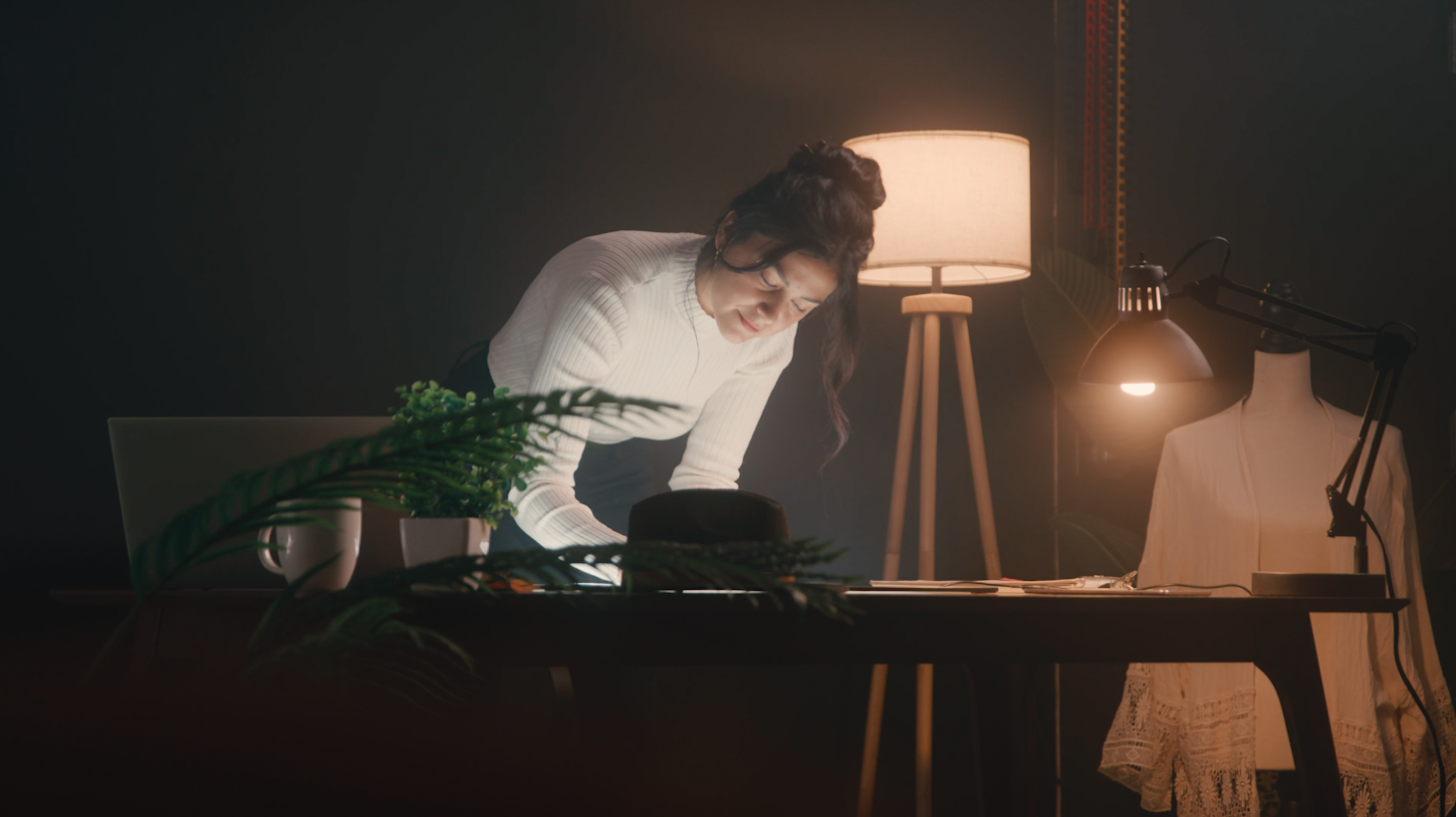
Light pads and light boxes are perfect for table placements, or for situations that require a subject to be lit from below. They cast beautiful, even, soft light.
And while they’re easy to hide, they can also look great in your shot as well. Most have built-in diffusers that will soften the light.

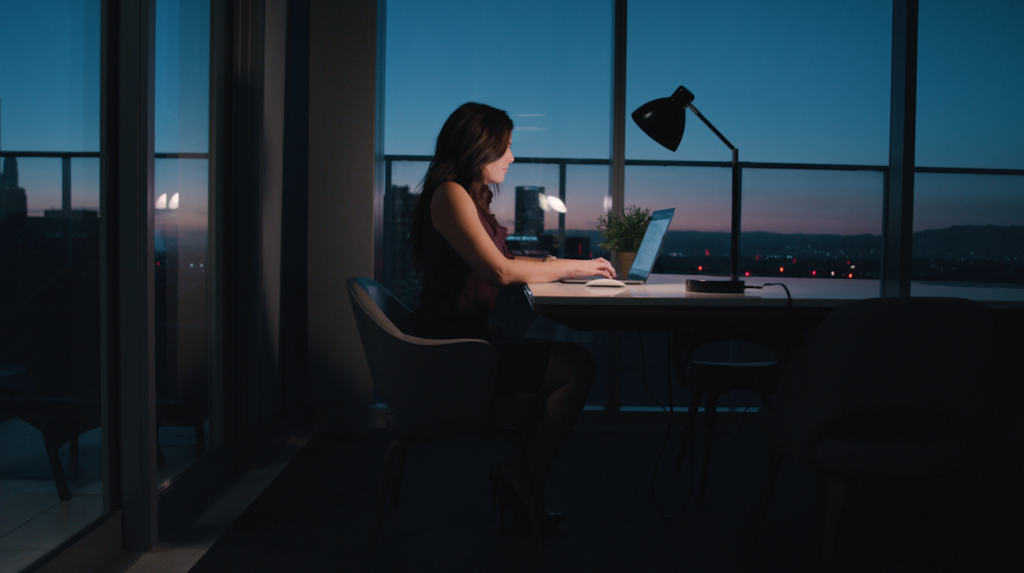
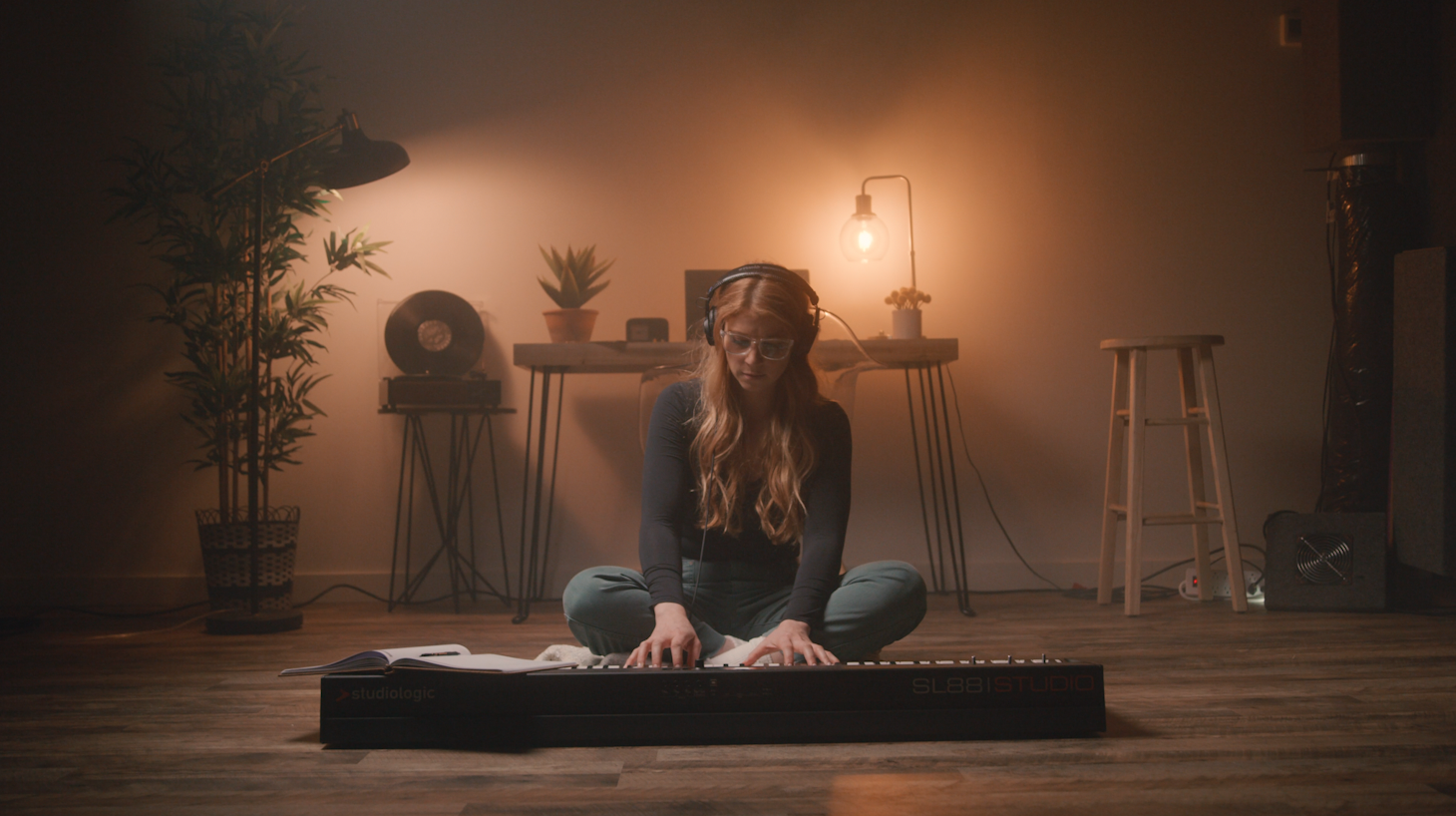
Simple lamps and other light fixtures are a very natural way to introduce more practical lighting into your shot.
We’ve used fixtures of all shapes and sizes to enhance our scenes, and you can change out the bulbs for more control over color and brightness. You can usually find used fixtures for a bargain as well.

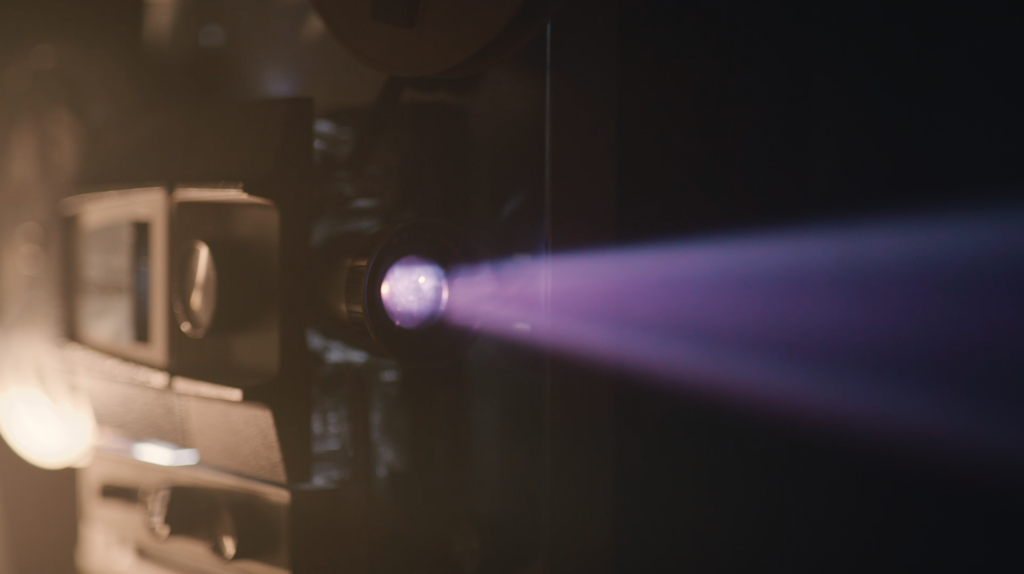
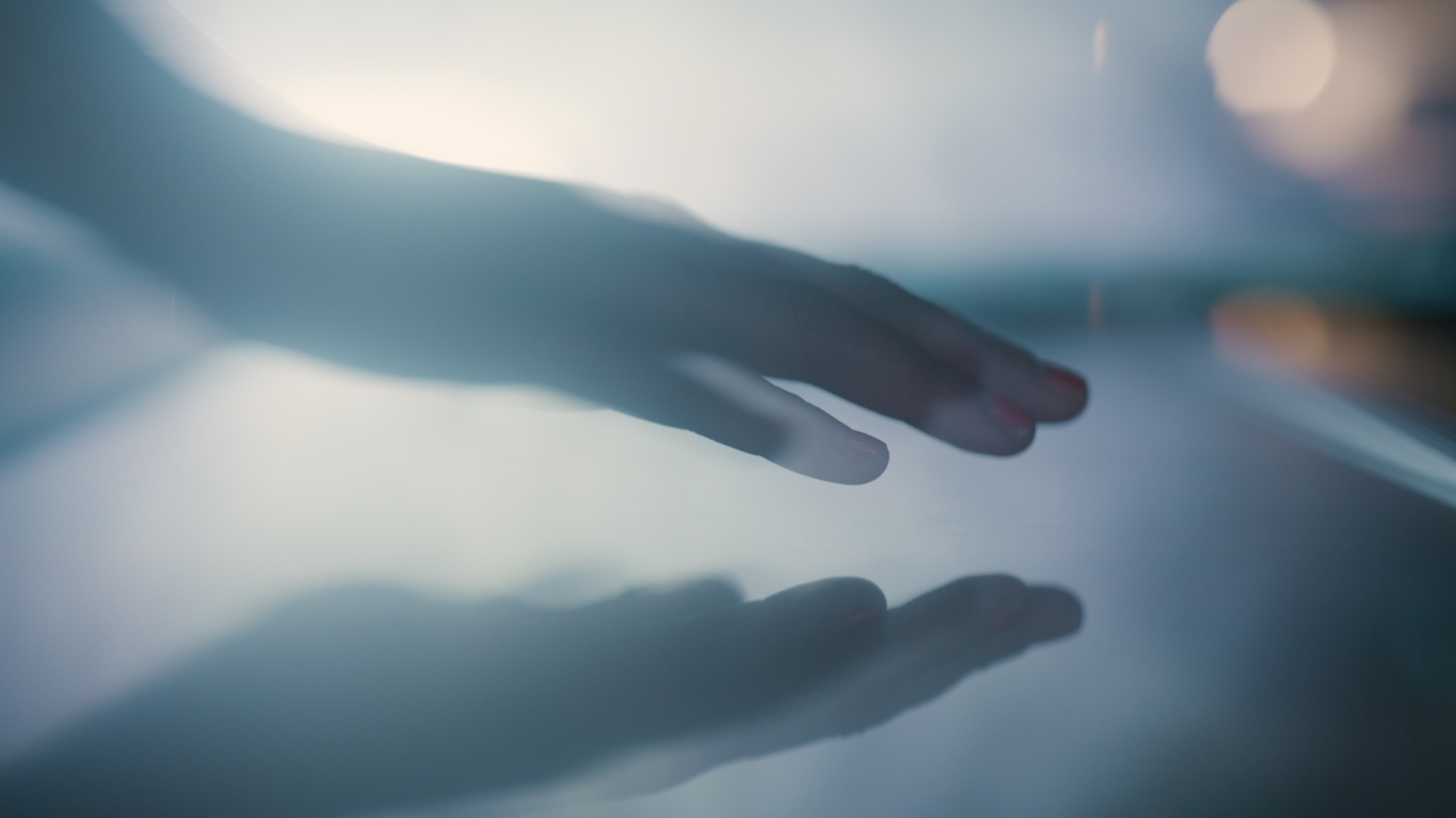
My personal favorite on this list, a projector will add interest and high contrast into virtually any dark scene.
You can project imagery onto a background surface, or, for more dramatic effect, you can use it as a backlight and film directly into the projector. Bright colors in particular perform really well in this setup as motivated lighting.

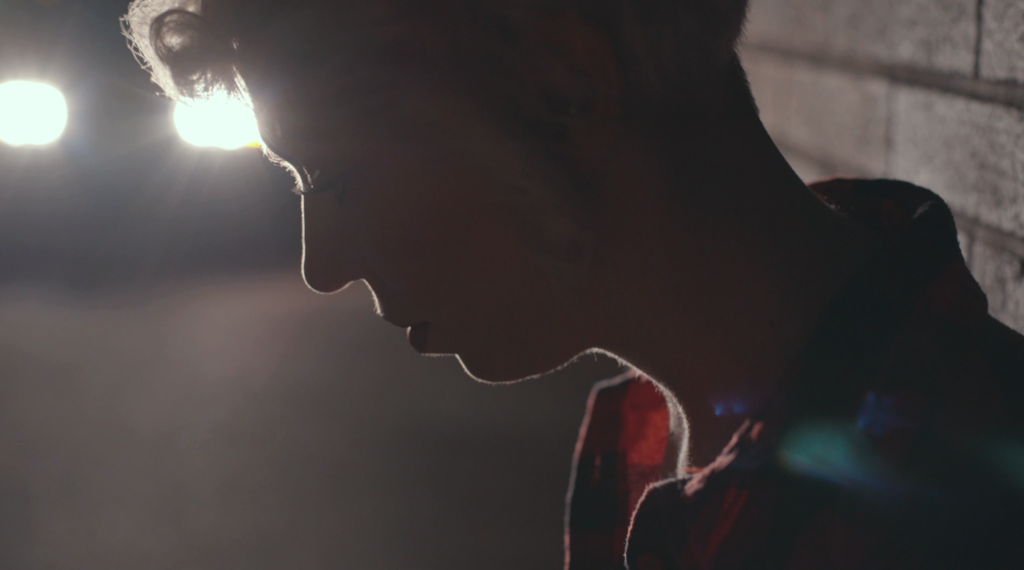
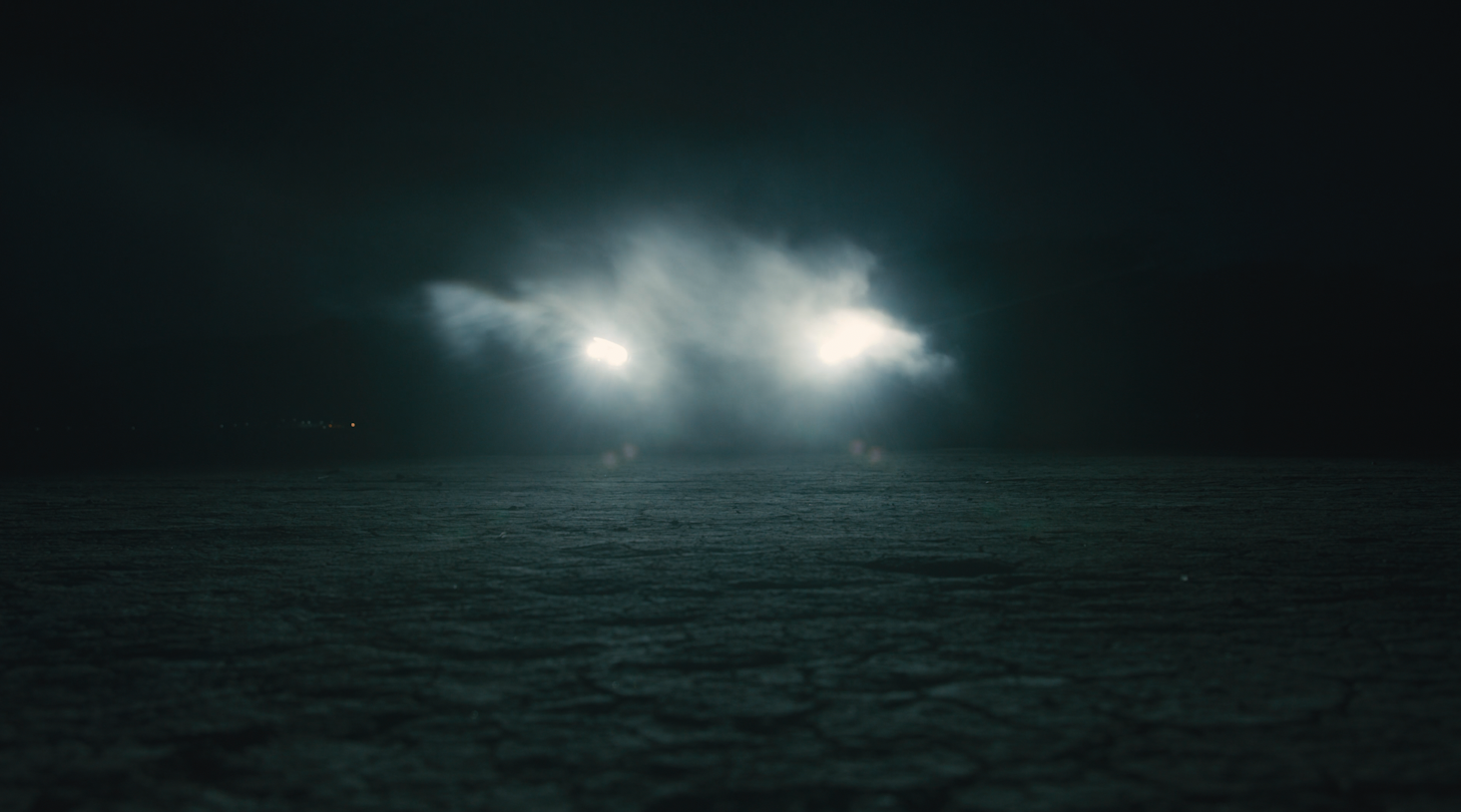
Your vehicle’s headlights make for the brightest artificial light on this list.
Especially for exterior nighttime shoots, if you need a strong, stylized backlight, you don’t need anything other than your car. Add some fog or haze, and you’ve got a really cinematic image. Or, they can be used as direct light.

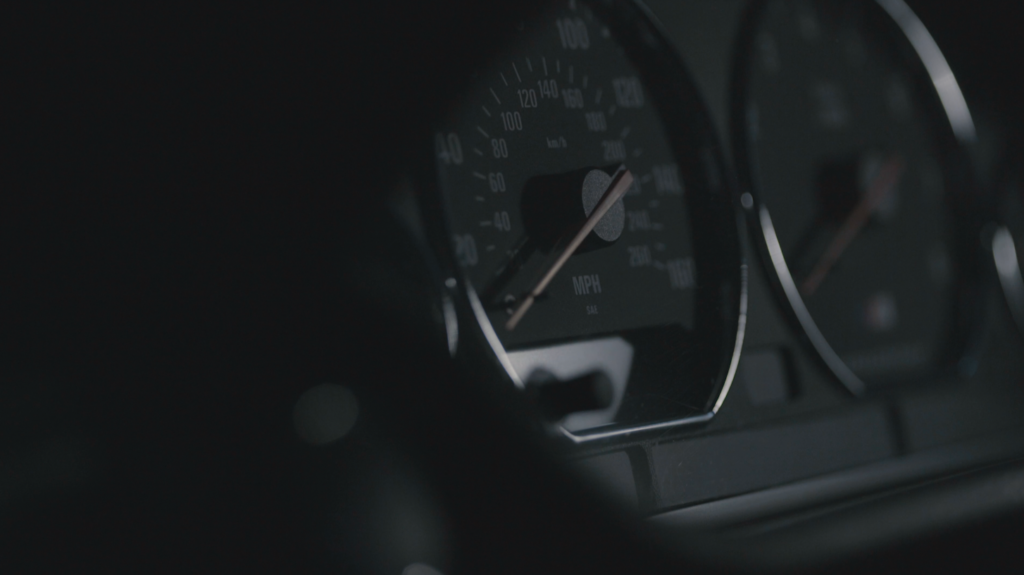
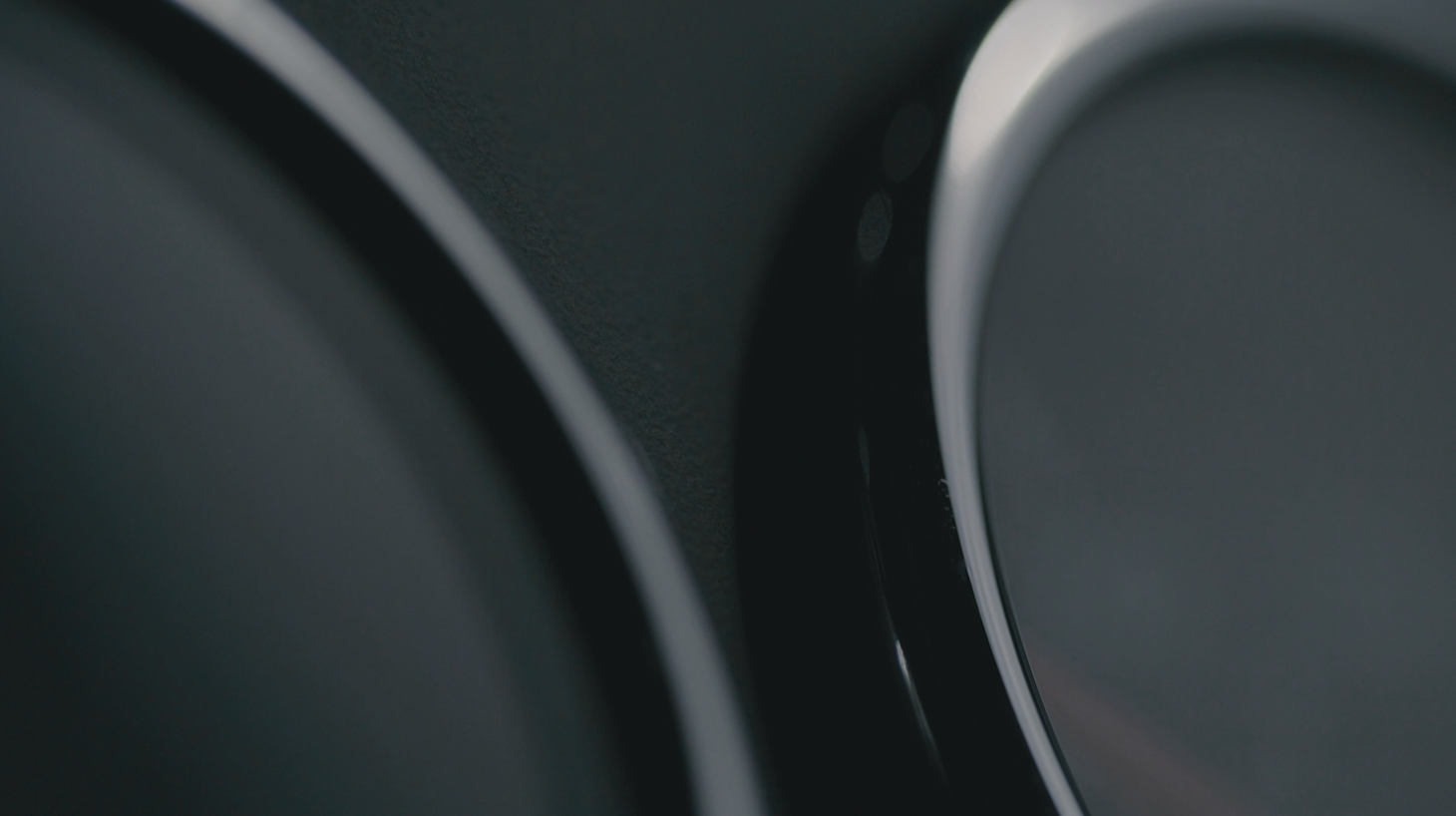
One of the more common quick light sources, your phone’s flashlight will work great, especially for tight shots and bounce lighting.
And it really shines (no pun intended) when you wrap it in a paper towel to diffuse and expand the light.

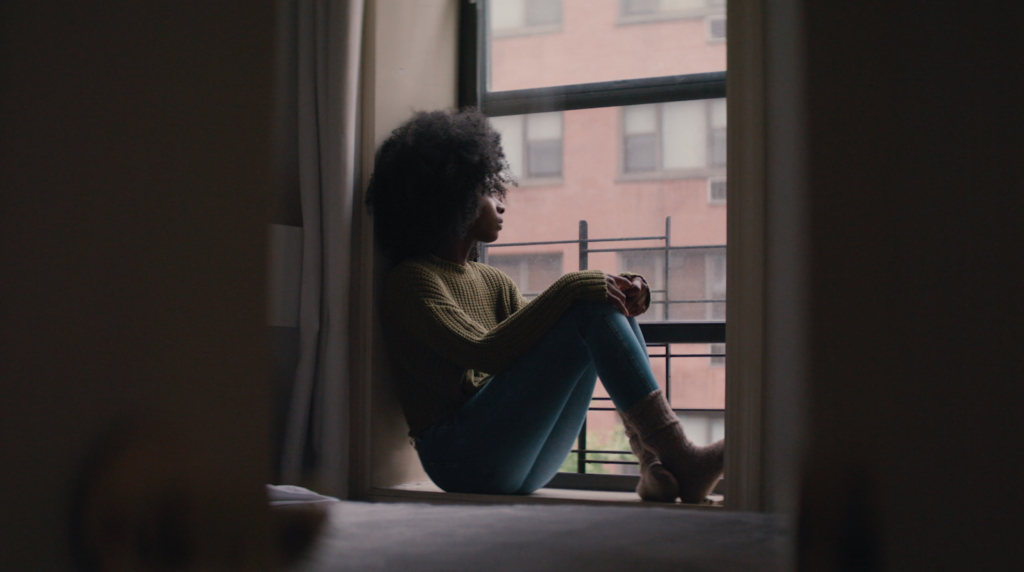

When in doubt, find a window and let the universe light your subject naturally. This is the most basic lighting setup there is.
We try to use as much natural light as possible in our productions, because natural light sources simply cannot be reproduced with gels or lighting equipment.

While you’ll probably be using traditional video light sources for most of your productions, having these cinematic lighting tricks in your back pocket will make you a better and more well-rounded filmmaker and cinematographer.
Caleb Rexius is the Creative Director and Lead Cinematographer at Filmpac.

Want to make money selling footage through a major stock footage platform like Filmpac? This page will walk you through the processs.
Continue Reading
By far, the two most common frame rates in modern American video editing and production are 24fps and 29.97fps. Here's the difference.
Continue Reading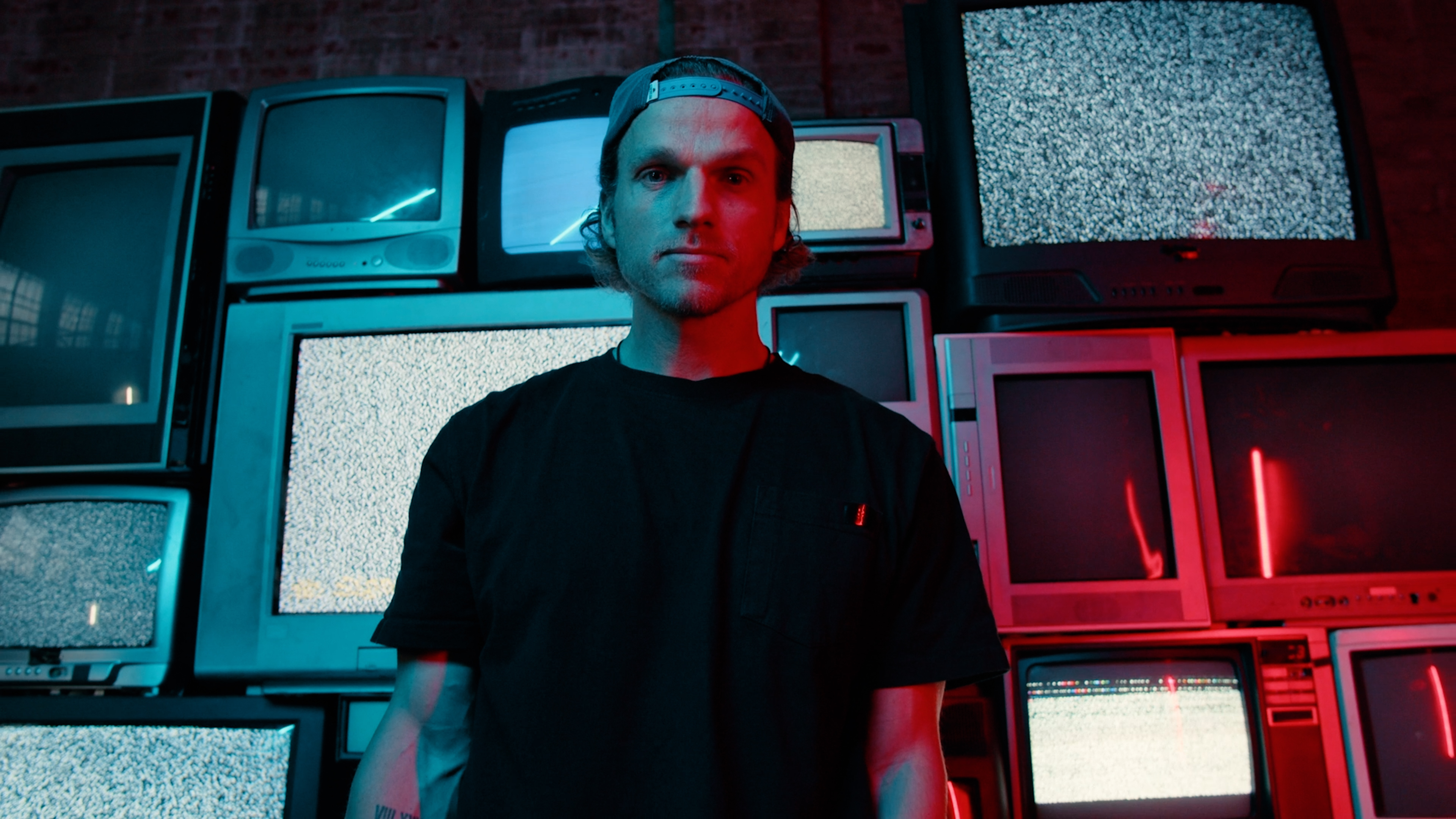
There are 5 main types of camera movement. We break each of them down and show you how they can help you tell your stories better.
Continue Reading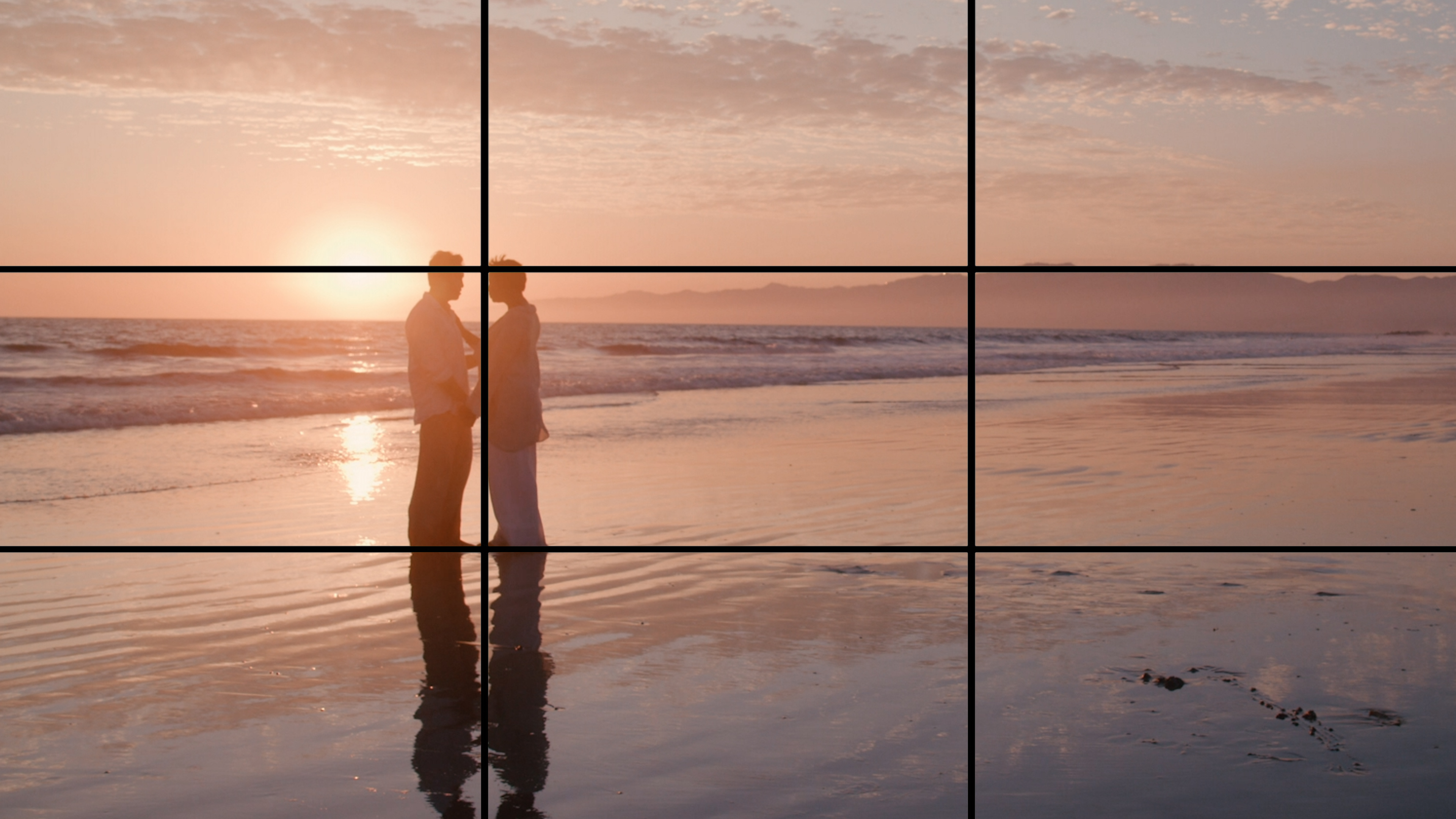
If you’re a photographer or filmmaker, you’ve likely heard of The Rule Of Thirds. here's a guide on how to apply it and when to break it.
Continue Reading
Filmpac’s newly-designed Project Feature is a powerful tool for collaborative video editing. Here’s a quick rundown of how it works.
Continue Reading

One of the most difficult parts of being a professional filmmaker is effectively managing and budgeting your time.
Continue Reading
Want to make money selling footage through a major stock footage platform like Filmpac? This page will walk you through the processs.
Continue Reading